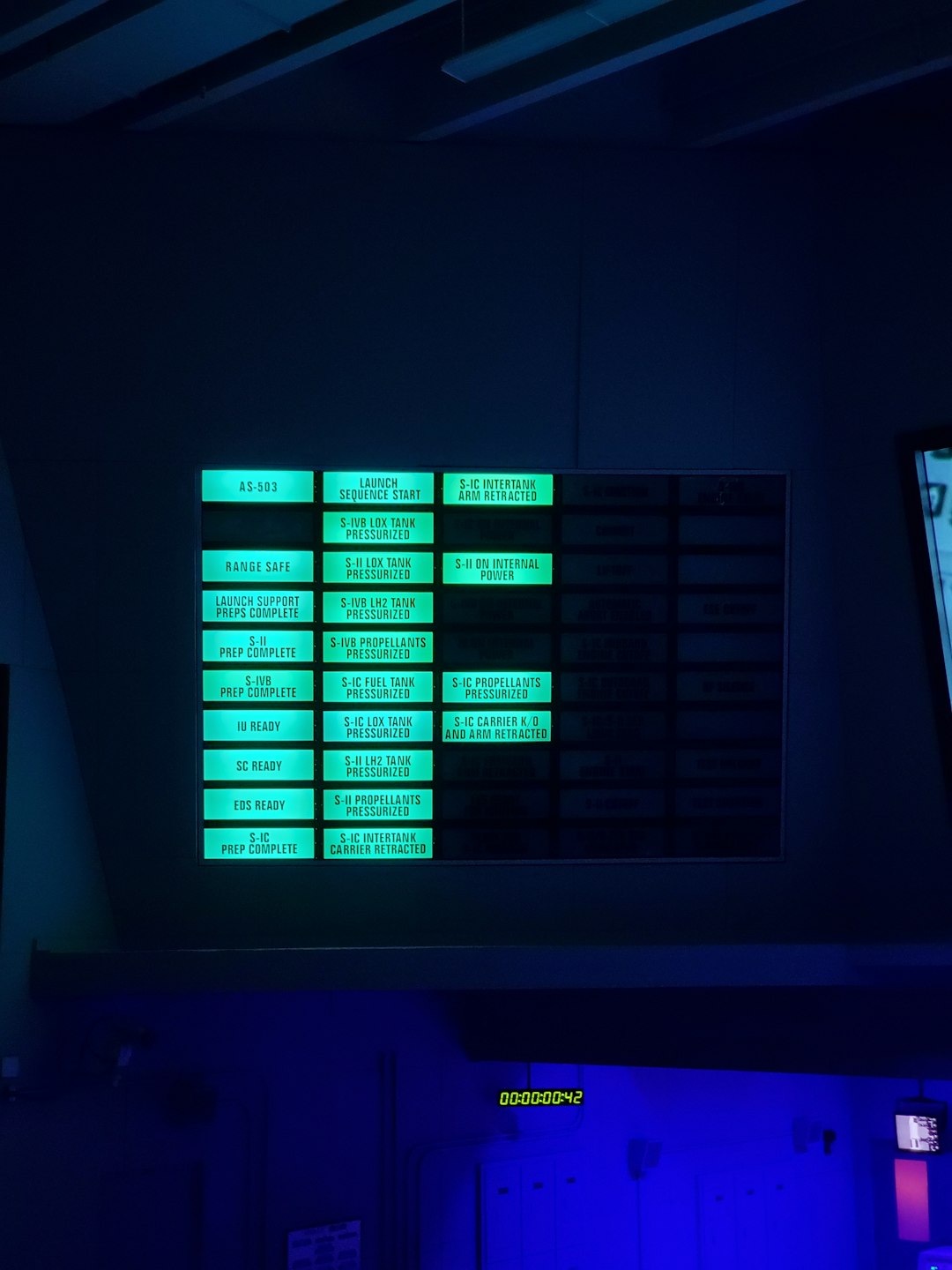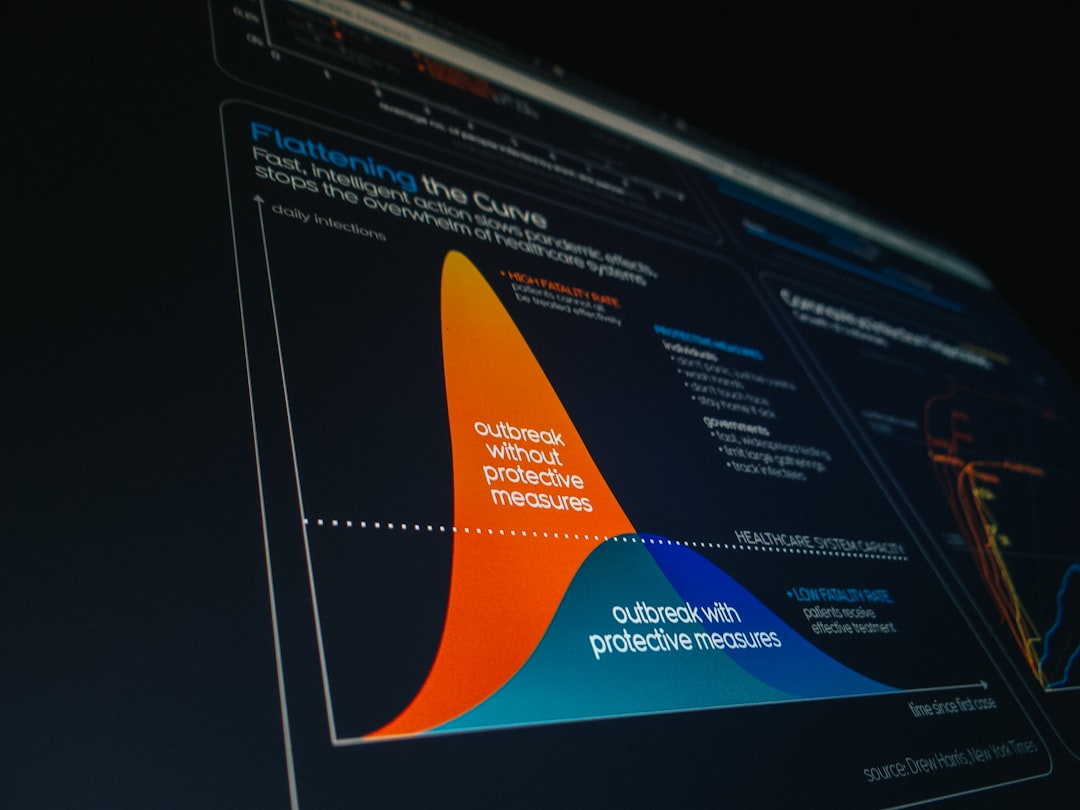Picking a Business Intelligence (BI) tool can feel like walking into an ice cream shop with 100 flavors. It’s exciting, but also a bit overwhelming. In 2025, the top three contenders are Looker, Tableau, and Power BI. Each one has its strengths and weaknesses. So how do you pick? Let’s break it down in a fun and simple way.
Meet the Contenders
- Looker: Part of Google Cloud. Data modeling pro. Code-friendly.
- Tableau: Visualization king. Drag, drop, dazzle.
- Power BI: Microsoft’s masterpiece. Cost-effective. Integrates like a dream.
They all help you turn boring spreadsheets into beautiful insights. But they do it differently.
Ease of Use
Power BI is the easiest if you’re used to Microsoft Excel. It feels familiar. You won’t feel lost.
Tableau comes with a learning curve, but once you get it, it’s like riding a bike—fast and smooth.
Looker requires some coding. You’ll need to learn LookML, its custom modeling language. It’s not scary, but not beginner-friendly either.

Data Modeling
This is where Looker shines. It gives you solid, reusable data logic through LookML code.
Power BI uses DAX and Power Query. Powerful, but a bit more technical in how it handles data models.
Tableau mostly focuses on the visual side. It does modeling but not as deeply or clearly, especially for bigger datasets.
Visualizations
Tableau wins when it comes to design. It’s like having an artist as your data assistant. You can do almost anything visually.
Power BI has some solid templates but can look a little “businessy.” It does the job – but not with the same flair.
Looker is more structured. It offers clean visuals but fewer design options. Think more dashboards, less infographics.

Collaboration and Sharing
Want to share with your team? All three do it well, but in different ways.
- Looker: Built for teams. Scheduled reports, links, and permissions are top-notch.
- Power BI: Works great in a Microsoft 365 world. Teams, OneDrive, Sharepoint—it’s all connected.
- Tableau: Offers a public cloud and server options. Great visuals to share, but permissions can be tricky.
Integration With Other Tools
Looker, being part of Google, plays well with BigQuery, Google Sheets, and other Google Cloud tools.
Power BI is a champ with anything in the Microsoft ecosystem. Excel, Dynamics, SQL Server—you name it.
Tableau supports tons of connectors too. From Salesforce to Snowflake, it’s pretty flexible.
Pricing (As of 2025)
- Power BI: Most affordable. Pro version is cheap, and Microsoft bundles it often.
- Looker: More expensive. License-based and tailored pricing. Not ideal for small budgets.
- Tableau: Somewhere in the middle. Pay per user. Offers different plans for creators, explorers, and viewers.
So… Which One Is Best?
- Choose Looker if your company loves clean, governed data models and is invested in Google Cloud.
- Choose Tableau if you’re into stunning visuals and deep data storytelling.
- Choose Power BI if you’re already using Microsoft tools and want great value for the price.
There’s no single winner. It depends on what YOU need. Each of these BI tools is amazing in its own way.
Final Thoughts
BI tools are like smartphones. Everyone has one, but we all use them differently. Whether you’re visual, technical, or budget-focused—there’s a perfect match for your team.
So dive in, explore demos, and test things out. The right BI tool will make your data dance like never before!
yehiweb
Related posts
New Articles
Fix: Jellyfin Fatal Player Error Playback Failed
Jellyfin is awesome. It’s free, open-source, and lets you host your own Netflix-style media library. But sometimes you hit a…


